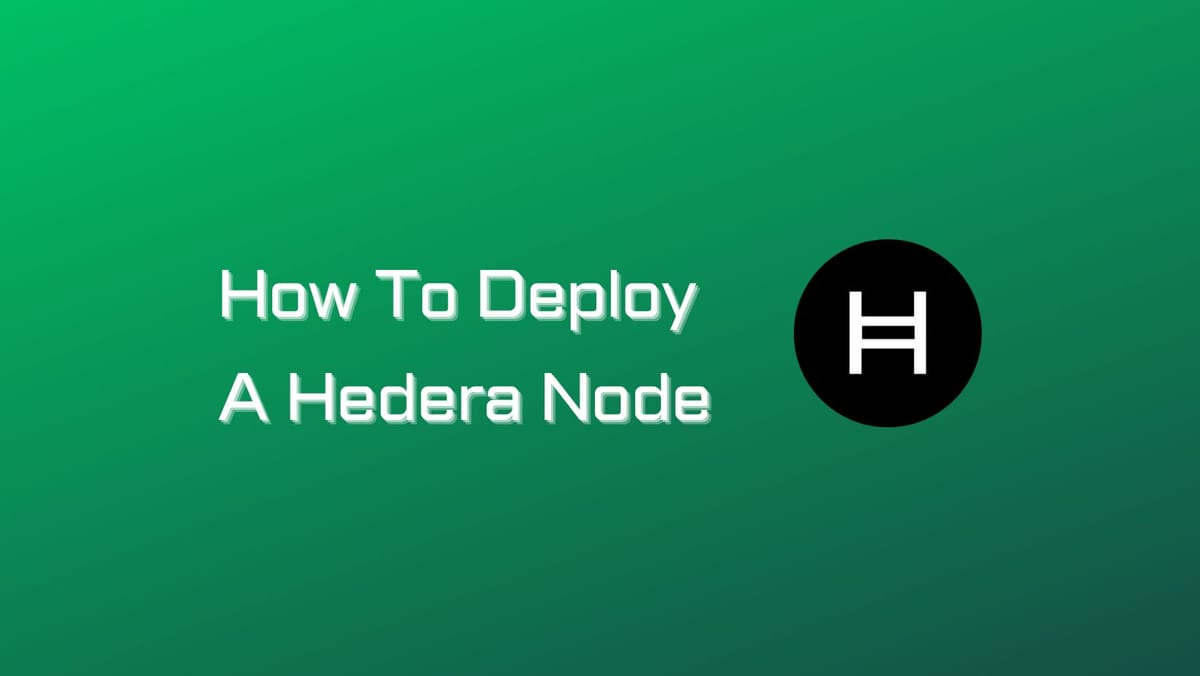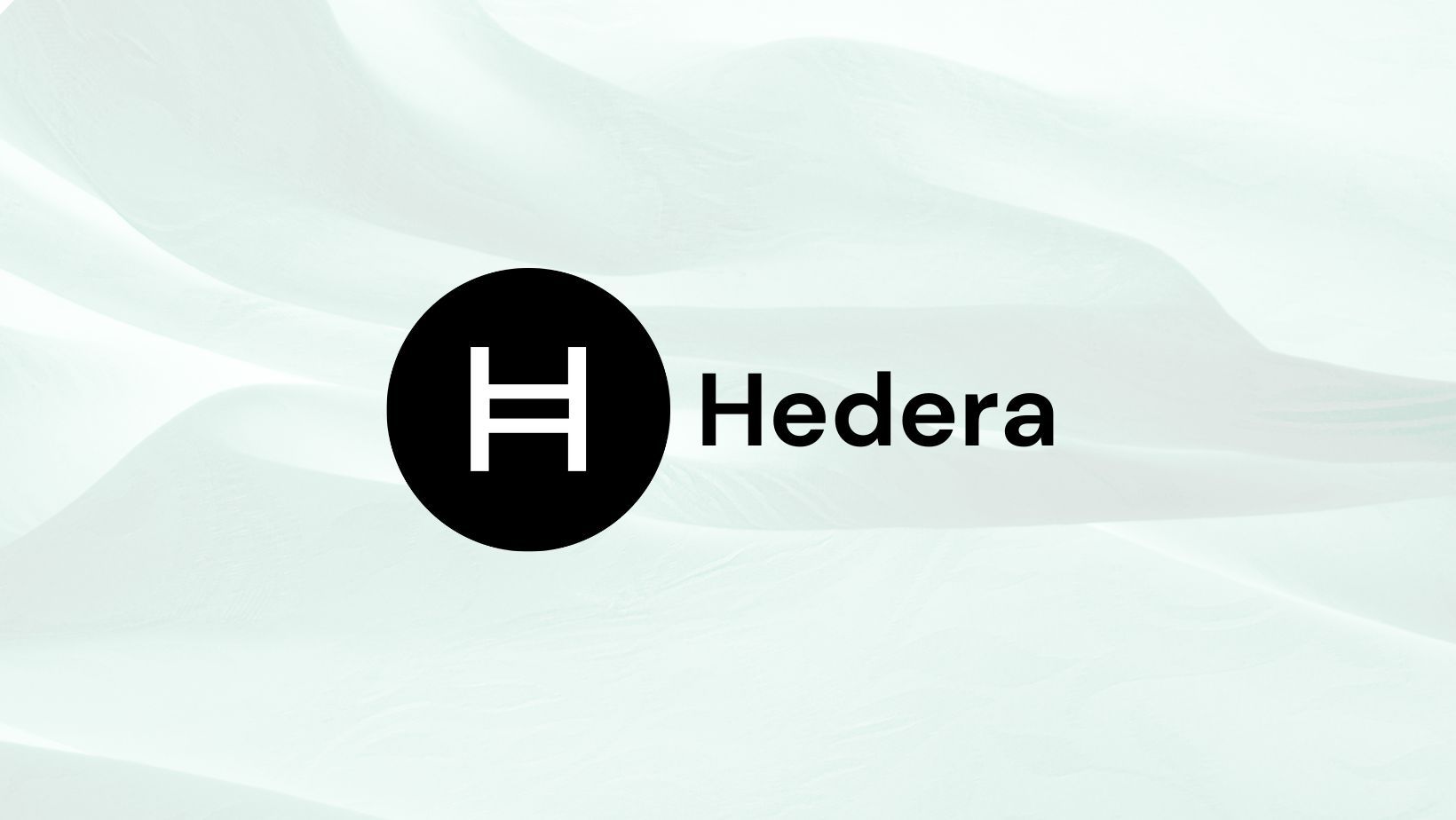How To Deploy A Hedera Consensus Node on Mainnet

Running a Hedera consensus node is no longer just for tech gurus. It is becoming increasingly accessible to people with non-technical backgrounds and the relevant specifications. This article will show you how simple it is to set up a consensus node on the Hedera mainnet, and how doing so can strengthen the network.
What is a Hedera Node?
There are two types of nodes on Hedera network: Consensus nodes and Mirror nodes. So, how are they different from each other?
Consensus nodes:
- Permissioned: Currently, only members of the Hedera Governing Council are allowed to operate consensus nodes.
- Receive transactions: Consensus nodes receive transactions from clients and charge transaction fees.
- Contribute to consensus: Consensus nodes work together to determine consensus using the hashgraph algorithm.
- Store the public ledger: Consensus nodes store the public ledger, which is a record of all transactions on the Hedera network.
Consensus nodes empowers the operation of the Hedera network. They are responsible for receiving and processing transactions, reaching consensus on the order of transactions, and storing the public ledger.
Mirror nodes:
- Permissionless: Anyone can operate a mirror node.
- Read-only: Mirror nodes store the public ledger and allow clients to query it.
- Do not participate in consensus: Mirror nodes do not submit transactions to the network or participate in the consensus process.
Mirror nodes are mainly used to provide valuable services to the Hedera ecosystem, such as providing audit support for the Hedera network, accessing historical transaction data, and performing transaction analytics.
Hedera is working towards a more decentralized future where anyone will be able to run a consensus node. This will make the Hedera network more resilient and secure.

Hedera Node Requirements
Running a node on Hedera network means that you run permissioned consensus nodes under the operation of the Hedera Governing Council. Hedera's basic node requirements are as follows:
- 2-CPU
- 2GB RAM
- 100GB storage
- 200Mb/S internet network connectivity with public static IP address
- Docker 18 or higher (Hedera to provide Docker image with HAProxy)
In addition to the above requirements, Hedera node operators must also have a Node Software Account. This account can be obtained by contacting Hedera. You can check out additional requirements regarding hardware, connectivity, and hosting details in Hedera Docs - Node Requirements.
The Hedera team encourages those interested in deploying a node to submit their hardware and software specs for a pre-check. Details should be sent to devops@hedera.com (please regularly check Hedera docs for the newest updates).
The project aims to enable node running for all participants who meets the minimum requirements. However, Hedera recommends that node operators have a good understanding of the Hedera ecosystem, network, and be able to provide support for their node in the event of a problem.
How to Deploy a Hedera Node
Below is how to set up a Hedera consensus node on mainnet as a Council Member:
1. Initial Contact and Team Coordination:
- Key individuals and project managers are identified for the collaboration.
- A regular deployment team meeting schedule is established to ensure effective communication.
2. Technical Requirements Discussion:
- Technical requirements are conveyed, and deployment options are thoroughly discussed.
3. Node Platform Setup:
- The node hosting entity acquires the necessary hardware or virtual instance.
- Network connectivity and hosting facilities are established.
4. Operating System Configuration:
- The chosen platform's operating system is configured as per specifications.
5. Account Provisioning:
- User accounts are provisioned according to the defined requirements.
- Network access, including firewall rules and access control lists, is configured.
- Necessary credentials, including any special instructions for permissioned access like VPNs, are shared with Hedera.
6. Support and Escalation Paths:
- Clear support and escalation paths between organizations are discussed and agreed upon.
7. Configuration Review by Hedera:
- Hedera conducts a thorough review of the platform and connectivity configurations.
8. Consensus Node Software Deployment:
- Hedera's consensus node software and required supporting libraries are deployed.
9. Testnet Connection Setup:
- Connection configurations for a Hedera performance testnet are added.
10. Functional and Performance Testing:
- Hedera executes functional, stability, and performance tests for all network services.
11. Test Result Evaluation:
- The results of the tests are reviewed, and readiness for mainnet connectivity is determined.
12. Key Management Documentation Review:
- Key management documentation related to Council Member's accounts, including fee accounts and proxy staking accounts, is examined.
13. Private Key Update:
- Private keys are updated using provided tools for added security.
14. Mainnet Connection Scheduling:
- A schedule for the mainnet connection is established.
15. Mainnet Deployment:
- The Council Member's node is made live on the mainnet.
Voilà! You've successfully set up your own node on Hedera network. Don't forget to keep an eye on the latest announcements and news on the project's channels.





